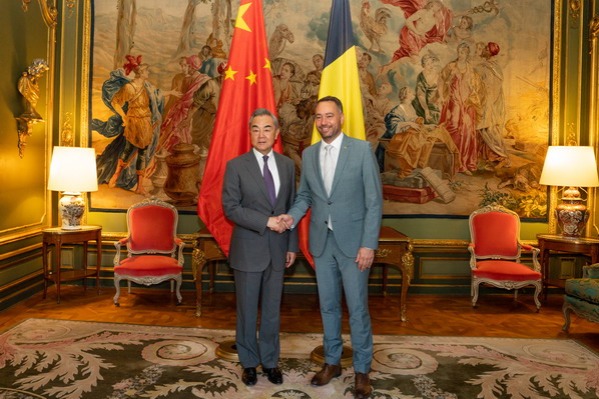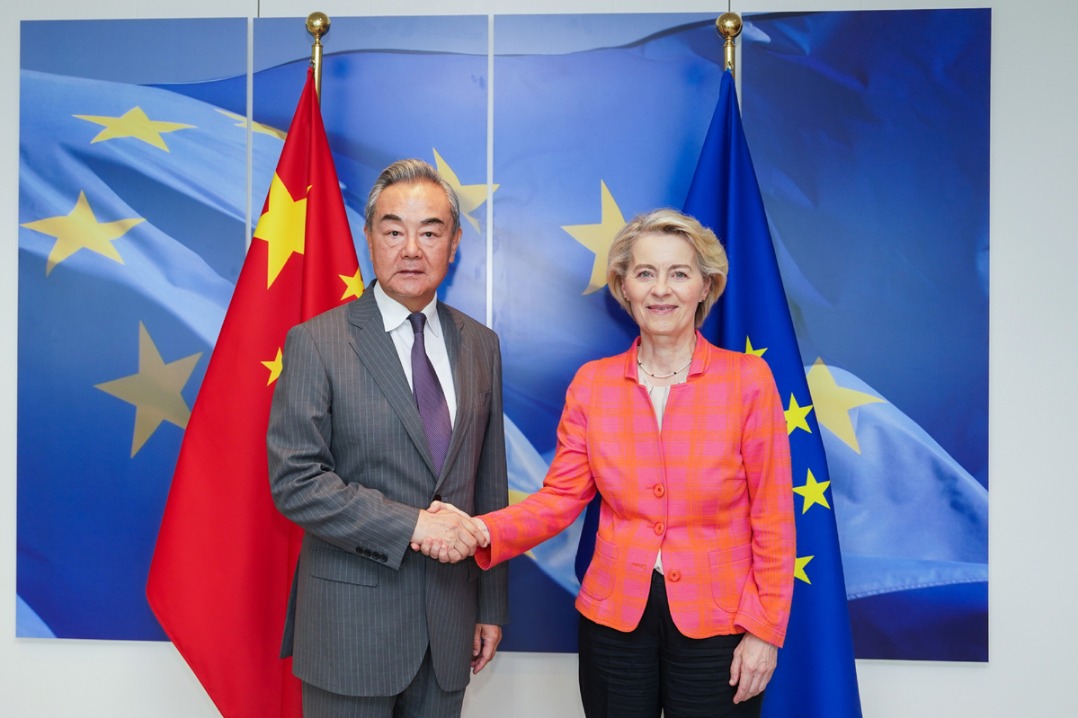Argentine-Chinese school builds strong cultural bond

In the Fifth School District of Buenos Aires, School No 28 has become a reference point for language integration.
Known formally as the Argentine-Chinese Bilingual School, it was recognized as the first public institution in the world to offer a bilingual curriculum in Spanish and Chinese when it was first launched a decade ago. Since then, it has become a touch point for cultural convergence.
The idea to introduce Chinese language instruction in a public school setting developed in response to the rapidly growing number of Chinese-speaking families settling in the Argentine capital Buenos Aires. Since then, the school has not only attracted children of Chinese descent but more locals looking to learn the language.
Demand for Chinese language education has been on the rise not just in Argentina but across the region. There are more than 45 Confucius Institutes and 18 Confucius classrooms across Latin America and the Caribbean that attract over 100,000 students every year, while more than 1 million people participate in their cultural activities and workshops.
According to Yu-Hwa Wu, the Chinese language coordinator at the Ministry of Education of the City of Buenos Aires, schools began requesting support for Chinese students more than two decades ago.
A formal step was taken in March 2014, with the opening of the bilingual public school. It offered Mandarin instruction through a "dual and reciprocal immersion" model.
"This model involves teaching school content in two languages, Mandarin and Spanish, within the same classroom," Wu explained. " It is considered dual and reciprocal immersion because the student body is mixed: the school aims to maintain a balance of 50 percent native Mandarin speakers and 50 percent native Spanish speakers."
According to Wu, this mixed composition has been sustained by continued migration.
"About 95 percent of the Chinese-speaking children in the program were born in Argentina but speak Mandarin at home," Wu explained. "These children enter school speaking Mandarin and very little Spanish."
The school uses a co-teaching method, where a Chinese-speaking teacher and a Spanish-speaking teacher plan and deliver lessons together. Lessons are not translated or repeated in both languages.
"The goal is not to translate content, but to ensure that both languages deliver material with balanced complexity, quantity, and quality," Wu explained.
Students begin learning conversational and social language to learn quickly, such as greetings and playground interactions. Academic vocabulary, particularly in subjects like mathematics or science, typically develops more gradually.
In the school's day-to-day setting, students regularly switch between languages. "It's common to see a child playing in Spanish one moment, then turning to another classmate and speaking in Mandarin the next," Wu said. "The linguistic development happening in real time is striking."
Part of community
The school is now an important part of the community. It provides education from preschool all the way through elementary school, which in Argentina is from grades 1 to 7. The sounds of children playing can be heard from blocks around the school building, a medium-sized two-floor building two blocks from the iconic Patricios Park, a large green space that allows children to play after school.
Maria Lujan, 40, discovered the school while living in the neighborhood. Though born in Argentina and married to an Argentine, she is a descendant of a Chinese family with whom she had limited contact growing up.
"I'm thrilled to see my son's connection to Chinese culture, language, and customs," she said. "It's a way to bring him closer to his history and roots."
The program has grown steadily over the years, and today the school attracts families from all walks of life, including those with no prior connection to the Chinese community.
One of them is Carlos Leonardi, 46, father of 9-year-old Antonella, who said his family chose the school not because of the language but because of the quality of education.
"The truth is, we don't have any family or close friends in the Chinese community, but we found it to be a very warm school," Leonardi said.
The bilingual approach is evident in daily school life, including how holidays are celebrated.
"Two major Chinese festivals appear on the school calendar: the Dragon Boat Festival and the Mid-Autumn Festival … Additionally, the school celebrates China's National Day on Oct 1," Wu said.
The writer is a freelance journalist for China Daily.


































